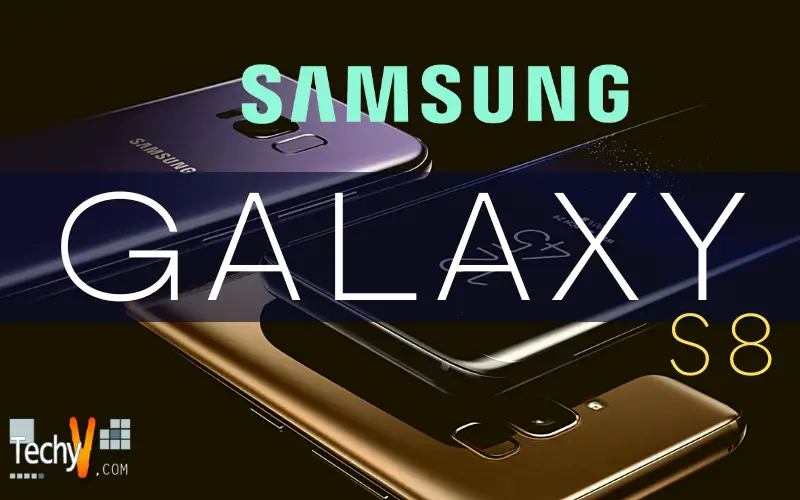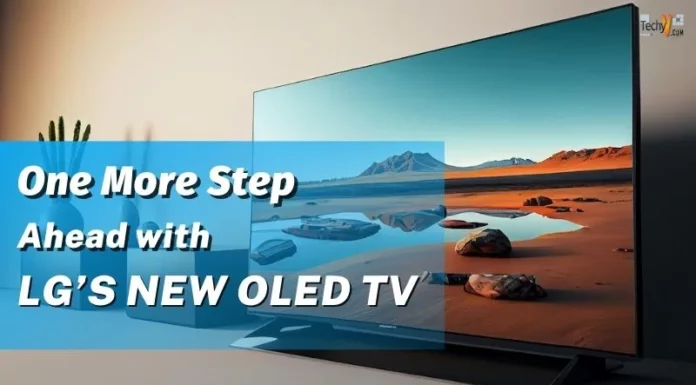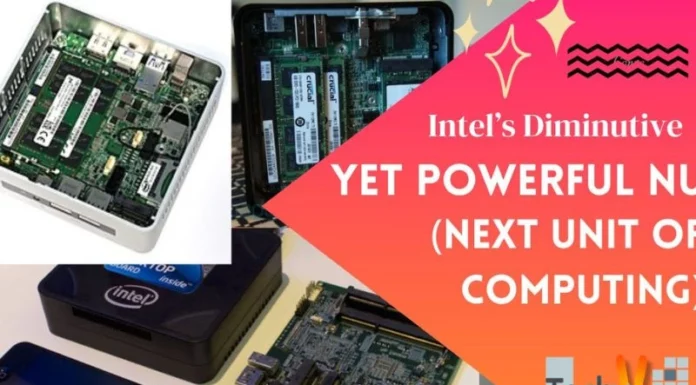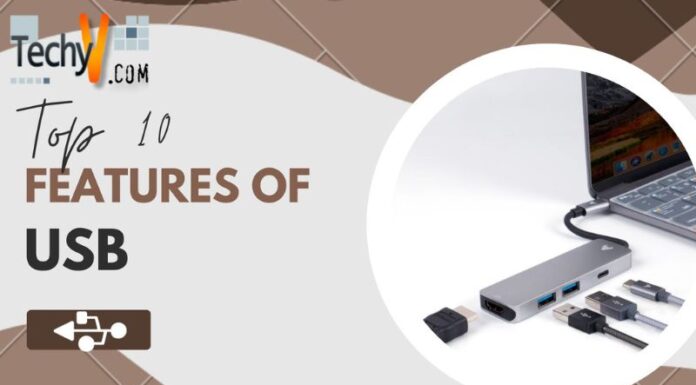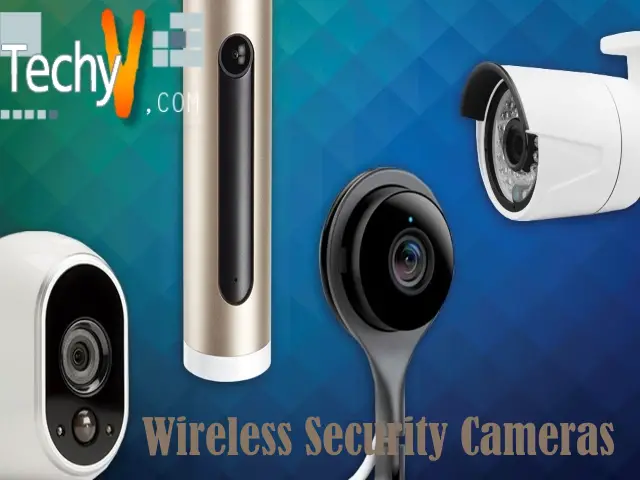Finally, Samsung has already launched their latest flagship device, the Galaxy S8. The good news is it’s indeed a dapper phone, and it’s not going to catch fire, not again! After the million-dollar fiasco that devastated the Samsung brand, the tech giant is extra careful now.
Samsung has finally confirmed the release date of the most-anticipated Galaxy S8; it will be available in the US on April 21 and to the rest of the world on April 28. However, the company has not given information about its availability on certain territory. S8 was available for pre-order since the 30th of March.
Galaxy S8 is made of metal and glass. One of the major updates is the Infinity Display that embellished the front of S8. The huge 5.8-inch OLED screen wraps around the entire front of the Galaxy S8. It has curved and bezel-less display, which adds sophistication and screen durability to the phone. There is no flat version after Samsung witnessed the success of last year’s Galaxy S7 Edge.

Another variant is the 6.2-inch Galaxy S8 Plus. There’s not much difference between the two models except for the screen size, resolution, and the battery. The standard S8 has a screen resolution of 2960×1440 (570ppi) and 3,000mAh battery, while the S8 Plus boasts a 2960×1440 (529ppi) screen resolution and is powered by a larger 3,500mAh battery, the same capacity that the Note 7 has used. To make up to the nuisance of the Note 7 users, Samsung is still offering Qualcomm Quick Charge and support for wireless charging standards for both models.

Most of the designs of the Galaxy S8 are evolutions of the previous Galaxy Note 7 and Galaxy S7 Edge, only they are more polished and enhanced now. Samsung has decided to extend the screen to almost the bottom of the phone; this simply means that they eliminated the usual hardware Home button. Just like other Android phones, the S8 uses software buttons and haptic feedbacks, similar to Apple’s iPhone that gives a virtual feeling when pressing the Home button; though this feature only works on certain spot where the software home button is.
At the bottom of the Galaxy S8 and S8 Plus, you can find the 3.5mm headphone jack and the USB-C port. Both sides boast the power and volume buttons. Also, on the left side of the Galaxy S8 and S8 Plus, you can find an all new hardware button dedicated to Samsung’s latest software feature, Bixby.
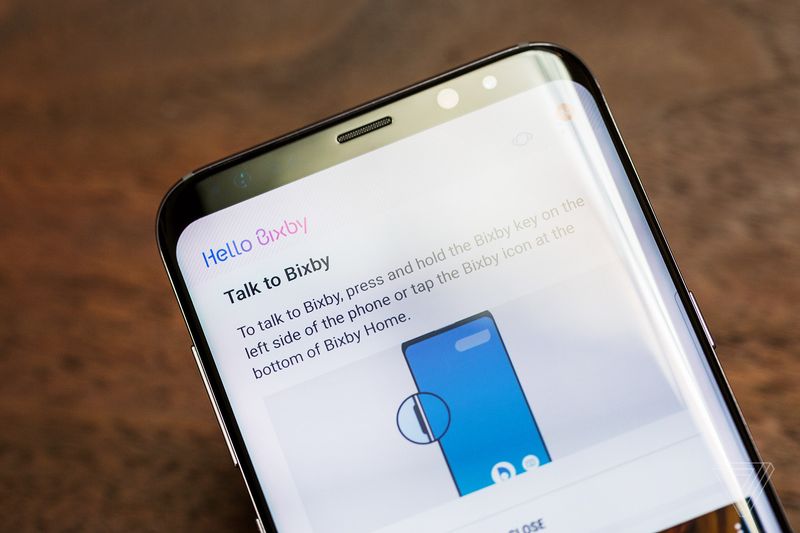
Bixby is not the same as Alexa, Cortana, or Siri; though it possessed some of their features. It is also not an S Voice replacement, which won’t be available on S8 and S8 Plus. Bixby is an AI Service that can help your Smartphone to execute tasks through voice command. Other nifty features include image recognition and language translation. You can also launch Bixby directly to your camera or through Bixby Home and make it as a photo search machine.
Depending on your region, you can either get the S8 with Qualcomm Snapdragon 835 Octa-core chip or Samsung’s very own Exynos. Whichever, the tech company is touting that the S8 is manufactured on a 10nm chip, which hypothetically can help in power consumption. The new chipset promises a 10% increase in CPU power and 21% better GPU management for faster and more efficient usage. In terms of storage, both models will be shipped with 4GB of RAM and 64GB onboard storage. The two has microSD slots, which is expandable up to 256GB. It appears that Samsung did not follow Apple’s strategy and just offered one storage option for both models. S8 and S8 Plus are also water and dust resistant with IP68 certification.
Similar to the Galaxy S7, the Galaxy S8 uses the same 12-Megapixel shooter with Optical Image Stabilization and an 8-Megapixel selfie cam with autofocus. The S8 will perform the same trick as Google Pixel’s HDR+ mode, where you can take multiple shots while tapping the shutter and combine them into one image with the best attributes.

Samsung is capable of manufacturing great hardware, but I think it is safe to say that we should be skeptical in terms of software. I’m sure I’m not the only one who dislikes the old TouchWiz; the restrictive and unwieldy skin that Samsung shrouded over Android on their past devices. However, the user interface on their latest flagships, which both run Android 7.0 Nougat, is persuasively minimalist and clean – more like a stock Android.
Samsung has also brought the iris-scanning back, which lived briefly on Note 7. They also added a completely new and very fast face detect system, which will only take twenty seconds to set up. Both models are also packed with the latest wireless standard, Bluetooth 5.0, which allows you to use two sets of wireless headphones simultaneously. Another major feature of the Galaxy S8 is the DeX (short for Desktop Experience) Station. It is a small device that transforms your Smartphone into a mini-desktop PC. DeX has several ports on its back including HDMI, Ethernet, two USB ports, and the power. The DeX dock will be shipped in late April and will cost around $150.
Though the battery and camera haven’t had an obvious boost, Galaxy S8 is still very impressive and will definitely entice many buyers. As of now, both S8 and S8 Plus will be available in only three colors; Arctic Silver, Orchid Gray, and Midnight Black. So, which one would you pick?
Watch out below for the Galaxy S8 in action:



